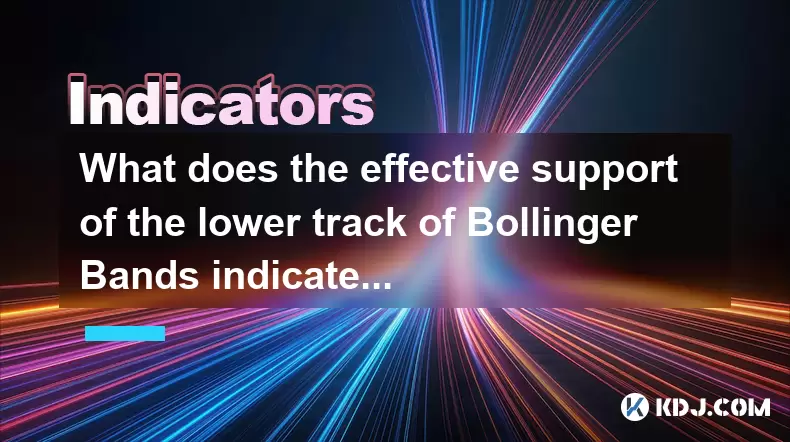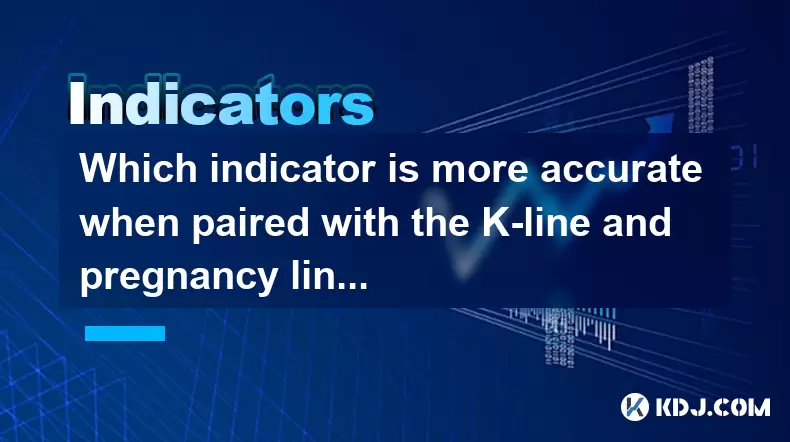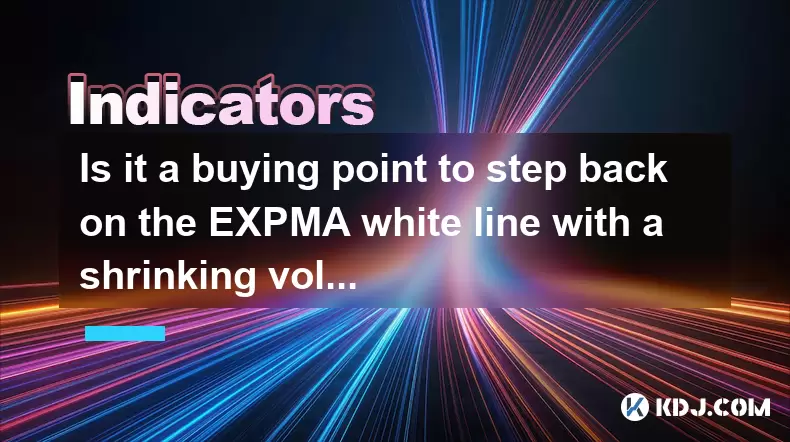-
 Bitcoin
Bitcoin $119300
1.07% -
 Ethereum
Ethereum $3730
3.87% -
 XRP
XRP $3.235
0.29% -
 Tether USDt
Tether USDt $1.000
0.00% -
 BNB
BNB $783.5
1.88% -
 Solana
Solana $188.7
0.25% -
 USDC
USDC $0.0000
-0.01% -
 Dogecoin
Dogecoin $0.2399
-0.44% -
 TRON
TRON $0.3157
2.37% -
 Cardano
Cardano $0.8254
1.94% -
 Hyperliquid
Hyperliquid $42.83
0.14% -
 Stellar
Stellar $0.4372
3.21% -
 Sui
Sui $3.859
4.91% -
 Chainlink
Chainlink $18.53
3.53% -
 Hedera
Hedera $0.2464
0.01% -
 Bitcoin Cash
Bitcoin Cash $519.8
2.46% -
 Avalanche
Avalanche $24.24
2.17% -
 Litecoin
Litecoin $113.7
0.73% -
 UNUS SED LEO
UNUS SED LEO $8.990
0.30% -
 Shiba Inu
Shiba Inu $0.00001390
0.21% -
 Toncoin
Toncoin $3.188
1.49% -
 Ethena USDe
Ethena USDe $1.001
0.02% -
 Polkadot
Polkadot $4.090
-0.91% -
 Uniswap
Uniswap $10.40
4.08% -
 Monero
Monero $326.6
3.12% -
 Bitget Token
Bitget Token $4.627
-0.42% -
 Pepe
Pepe $0.00001281
0.76% -
 Dai
Dai $1.000
0.01% -
 Aave
Aave $291.6
0.98% -
 Cronos
Cronos $0.1269
7.26%
What does the effective support of the lower track of Bollinger Bands indicate?
When price bounces off the lower Bollinger Band with rising volume and bullish candlesticks, it signals potential reversal and strong support, especially in ranging markets.
Jul 24, 2025 at 01:35 am

Understanding the Bollinger Bands Structure
The Bollinger Bands are a widely used technical analysis tool developed by John Bollinger. They consist of three lines plotted on a price chart: the middle band, typically a 20-period simple moving average (SMA); the upper band, which is the middle band plus two standard deviations; and the lower band, the middle band minus two standard deviations. These bands dynamically expand and contract based on market volatility. When volatility increases, the bands widen; when it decreases, they narrow. The lower track, or lower band, acts as a dynamic support level in many trading scenarios. When price approaches or touches this band, it may signal oversold conditions or a potential reversal point.
What It Means When Price Respects the Lower Band
When the price of a cryptocurrency repeatedly bounces off the lower Bollinger Band without breaking below it, this behavior indicates strong support at that level. This suggests that market participants are viewing the lower band as a value zone, where buying pressure outweighs selling pressure. In such cases, traders often interpret this as a sign of potential upward momentum. The effectiveness of this support is reinforced when the bounce is accompanied by increasing volume, which adds credibility to the reversal signal. The presence of candlestick patterns like hammers, bullish engulfing, or morning stars near the lower band further strengthens the case for a reversal.
How to Confirm Effective Lower Band Support
To determine whether the lower Bollinger Band is providing effective support, several confirmation techniques should be applied:
- Observe multiple touches: If the price has touched the lower band two or more times and reversed each time, this increases the reliability of the support.
- Check volume levels: A rise in trading volume during the bounce indicates stronger buyer participation.
- Use oscillators for confirmation: Tools like the Relative Strength Index (RSI) or Stochastic Oscillator can help identify oversold conditions. An RSI below 30 that begins to rise as price bounces from the lower band supports the validity of the support.
- Look for bullish candlestick formations: Patterns such as a hammer or piercing line near the lower band add confluence to the support signal.
- Monitor bandwidth and volatility: A narrowing of the bands (squeeze) preceding the bounce may indicate a buildup of energy, often leading to a strong move after the support holds.
Trading Strategies Based on Lower Band Support
Traders can develop actionable strategies when the lower Bollinger Band demonstrates effective support. One common approach is the bollinger bounce strategy, which assumes price tends to revert to the middle band after touching the outer bands in ranging markets.
To execute a long entry based on lower band support:
- Wait for price to touch or slightly penetrate the lower band. A shallow penetration followed by a quick reversal is acceptable, especially if the close is above the band.
- Confirm with a bullish candlestick pattern such as a hammer or bullish engulfing candle forming at the touch point.
- Enter long at the close of the confirming candle or on the next candle’s open.
- Place a stop-loss just below the recent swing low or beneath the lower band to manage risk.
- Set a take-profit target near the middle band (20 SMA) or the upper band, depending on the strength of momentum and market context.
- Use trailing stops if the trend shows signs of continuation beyond the middle band.
This strategy works best in sideways or mildly trending markets where Bollinger Bands reflect mean-reverting behavior rather than breakout conditions.
False Signals and Risk Management
Not every touch of the lower Bollinger Band results in a successful bounce. In strong downtrends or during high-impact news events, the price may break below the lower band and continue falling, turning the former support into resistance. This is known as a “Bollinger Band walk,” where price moves outside the band and remains there, indicating sustained directional momentum.
To mitigate risks:
- Avoid entering trades solely based on band touch without additional confluence.
- Check the overall trend using higher timeframes. In a strong bearish trend, lower band touches are more likely to fail.
- Incorporate moving average alignment — if the 50-period or 200-period MA is sloping downward, bearish momentum may overpower the bounce signal.
- Use position sizing to limit exposure, especially in volatile crypto markets where slippage and sudden reversals are common.
Integration with Other Indicators for Enhanced Accuracy
For higher precision, the lower Bollinger Band support signal should not be used in isolation. Combining it with other technical tools improves reliability.
- MACD (Moving Average Convergence Divergence): A bullish crossover (signal line crossed upward by MACD line) coinciding with a lower band bounce increases the likelihood of upward movement.
- Fibonacci retracement levels: If the lower Bollinger Band aligns with a key Fibonacci level (e.g., 61.8% or 78.6%), the support becomes more significant.
- Volume profile: A high-volume node near the lower band suggests strong institutional interest at that price, reinforcing support.
- Support from prior swing lows: If the lower band intersects with a historical price support level, the confluence enhances the signal strength.
These layered confirmations reduce false positives and help traders distinguish between genuine support reactions and temporary bounces in a downtrend.
Frequently Asked Questions
Q: Can the lower Bollinger Band act as support in a strong downtrend?
A: In a strong downtrend, the lower Bollinger Band often fails to provide reliable support. Price may break below it and continue declining. In such cases, the band reflects accelerating momentum rather than a reversal zone. Traders should look for trend structure, volume, and momentum indicators to avoid counter-trend trades.
Q: What timeframes are best for observing effective lower band support?
A: The 1-hour, 4-hour, and daily charts are most effective. Shorter timeframes like 5-minute or 15-minute are prone to noise and false signals. Higher timeframes offer more reliable confluence and clearer patterns.
Q: How do I adjust Bollinger Band settings for different cryptocurrencies?
A: While the default is 20-period SMA with 2 standard deviations, volatile cryptos like DOGE or SHIB may benefit from a slight increase in deviation (e.g., 2.3) to reduce false touches. Less volatile assets like stablecoins may require tighter settings, though Bollinger Bands are less useful in such cases.
Q: Does a touch of the lower band always indicate a buying opportunity?
A: No. A touch only suggests potential support. Without confirmation from volume, candlestick patterns, or momentum indicators, it may simply be a temporary pause in a larger downtrend. Context is essential.
Disclaimer:info@kdj.com
The information provided is not trading advice. kdj.com does not assume any responsibility for any investments made based on the information provided in this article. Cryptocurrencies are highly volatile and it is highly recommended that you invest with caution after thorough research!
If you believe that the content used on this website infringes your copyright, please contact us immediately (info@kdj.com) and we will delete it promptly.
- TRON, Crypto Payroll, and Stablecoins: A New York Minute on the Future of Finance
- 2025-07-25 08:30:11
- WazirX, Revote, and Crypto Unlock: A New York Minute on the Latest Developments
- 2025-07-25 06:50:11
- Hong Kong Stablecoin Regulation: Navigating the Hype and Hurdles
- 2025-07-25 08:30:11
- Bitcoin LTHs, CDD Ratio, and Distribution: What's the Deal?
- 2025-07-25 08:50:12
- Satoshi-Era Bitcoin Whale Awakens: $469 Million in BTC on the Move
- 2025-07-25 06:30:11
- TIA Tokens, Crypto Shift & Ripple Effect: What's the Deal?
- 2025-07-25 07:10:11
Related knowledge

Should I go all in when DIF crosses DEA?
Jul 25,2025 at 12:42am
Understanding DIF and DEA in MACD AnalysisWhen traders analyze DIF and DEA in the context of the Moving Average Convergence Divergence (MACD) indicato...

Should I go all in when the upper edge of the box is broken?
Jul 25,2025 at 01:50am
Understanding the 'Box' in Cryptocurrency Price ChartsThe term 'box' in cryptocurrency trading typically refers to a price consolidation range where t...

Should I go all in when the parabolic turning signal appears?
Jul 25,2025 at 06:36am
Understanding the Parabolic Turning Signal in Crypto TradingThe parabolic turning signal is a technical indicator derived from the Parabolic SAR (Stop...

Should I follow up with a full position when the trading volume suddenly increases?
Jul 25,2025 at 12:28am
Understanding Sudden Increases in Trading VolumeA sudden spike in trading volume often signals heightened market activity and can indicate that new in...

Which indicator is more accurate when paired with the K-line and pregnancy line combination?
Jul 25,2025 at 05:43am
Understanding the K-Line and Pregnancy Line CombinationThe K-line, also known as the Japanese candlestick chart, is a foundational tool in technical a...

Is it a buying point to step back on the EXPMA white line with a shrinking volume?
Jul 25,2025 at 08:56am
Understanding the EXPMA Indicator and Its White LineThe Exponential Moving Average (EXPMA) is a technical analysis tool widely used in cryptocurrency ...

Should I go all in when DIF crosses DEA?
Jul 25,2025 at 12:42am
Understanding DIF and DEA in MACD AnalysisWhen traders analyze DIF and DEA in the context of the Moving Average Convergence Divergence (MACD) indicato...

Should I go all in when the upper edge of the box is broken?
Jul 25,2025 at 01:50am
Understanding the 'Box' in Cryptocurrency Price ChartsThe term 'box' in cryptocurrency trading typically refers to a price consolidation range where t...

Should I go all in when the parabolic turning signal appears?
Jul 25,2025 at 06:36am
Understanding the Parabolic Turning Signal in Crypto TradingThe parabolic turning signal is a technical indicator derived from the Parabolic SAR (Stop...

Should I follow up with a full position when the trading volume suddenly increases?
Jul 25,2025 at 12:28am
Understanding Sudden Increases in Trading VolumeA sudden spike in trading volume often signals heightened market activity and can indicate that new in...

Which indicator is more accurate when paired with the K-line and pregnancy line combination?
Jul 25,2025 at 05:43am
Understanding the K-Line and Pregnancy Line CombinationThe K-line, also known as the Japanese candlestick chart, is a foundational tool in technical a...

Is it a buying point to step back on the EXPMA white line with a shrinking volume?
Jul 25,2025 at 08:56am
Understanding the EXPMA Indicator and Its White LineThe Exponential Moving Average (EXPMA) is a technical analysis tool widely used in cryptocurrency ...
See all articles

























































































